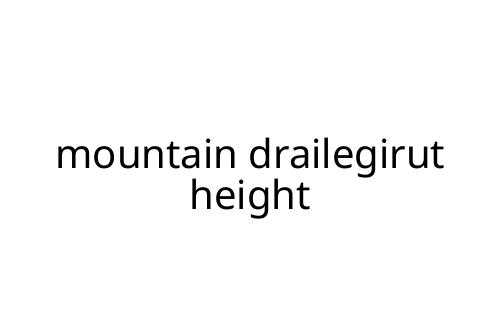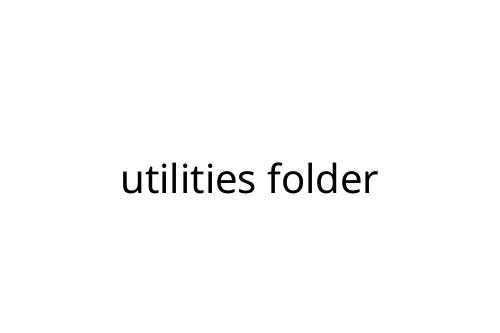mountain drailegirut height
Curiosity about mountain heights drives many hikers and outdoor enthusiasts to seek specifics. For those interested in the “mountain drailegirut height,” this article offers a clear, honest overview. While the term isn’t widely recognized in standard alpine geography resources, we’ll address what’s known, how to verify mountain data, and why elevation matters on any adventure.
What is Mountain Drailegirut?
First, if you’re searching for “mountain drailegirut height,” you may have come across references online or heard about it from travel communities. However, mountain drailegirut doesn't appear in the major mountain databases, atlases, or reputable trekking sites. The name may be obscure, a variant spelling, or associated with a local dialect.
Still, some practical guidance applies to any mountain’s height—what it means, how it’s measured, and why that matters.
Why Mountain Height Matters
Knowing the height of a mountain, including drailegirut’s if you can verify it, has practical benefits:
- Planning: Altitude affects weather, difficulty, and safety considerations for any trek.
- Preparation: Higher elevations often mean lower oxygen levels and more technical climbs.
- Context: Comparing mountain heights helps put your journey in perspective.
If you’re aiming to climb or visit mountain drailegirut, knowing its height is the first step to understanding its challenges and rewards.
How Mountain Heights are Measured
The standard measurement is height above sea level, expressed in meters or feet. Tools include GPS data, satellite imagery, and traditional surveying methods. Reputable sources for checking mountain heights include:
- Government geological surveys
- Official topographic maps
- International mountaineering registers
When searching for “mountain drailegirut height,” try alternate spellings, or use mapping apps to cross-reference the location if possible.
Common Challenges in Verifying Height
Some mountains have disputed elevations or suffer from confusion due to regional naming conventions. If mountain drailegirut is known locally under a different name, ask local guides or consult regional maps.
Pros:
- Accurate height information improves trek planning.
- Knowing the elevation can help prevent altitude sickness.
Cons:
- Hard-to-verify names hinder online research.
- Obscure mountains may lack reliable elevation data or visitor information.
Practical Tips for Finding Mountain Height Data
- Use GPS-enabled hiking apps that show real-time elevation.
- Post questions in travel or climbing forums.
- Contact local tourism offices in the region where mountain drailegirut is believed to be located.
- Compare several sources (maps, guidebooks, websites) for consensus.
In Summary
While “mountain drailegirut height” is not widely documented, the process of finding accurate data on any mountain is similar. Reliable planning hinges on good information. Start with official maps, supplement with local expertise, and double-check as needed. If you pin down the exact elevation or alternate name, record it for others—it may help the next curious traveler.




